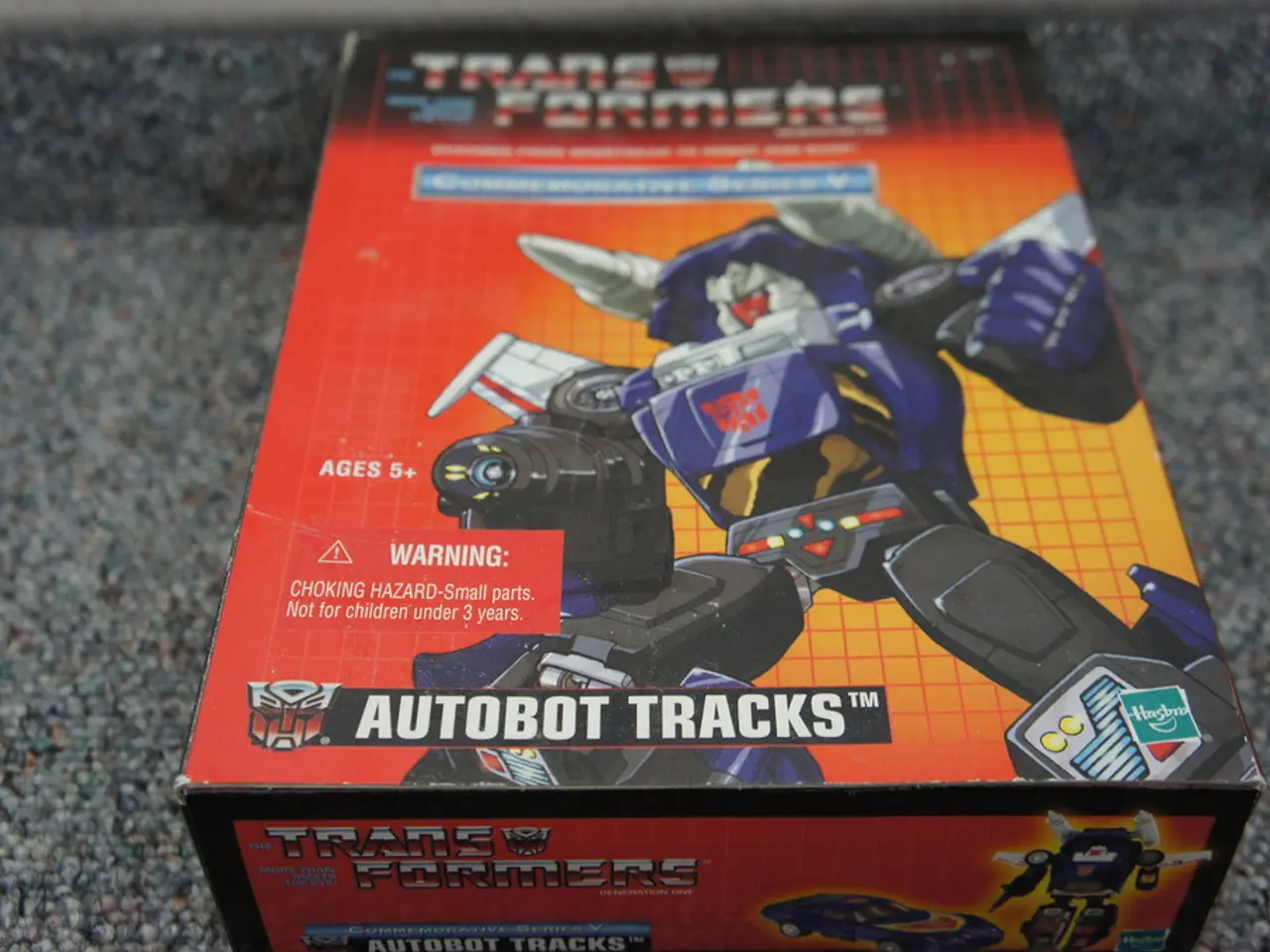Autonomous and self-driving innovations highlighted at GTC 2025, featuring NVIDIA, General Motors, Ansys, Volvo, Plus, Nexar, Gatik, Uber, and Tor.
In the rapidly evolving world of autonomous vehicle (AV) technology, NVIDIA is making significant strides in enhancing safety systems. The latest advancement, Halos, is a full-stack, end-to-end safety framework that integrates hardware, AI models, software, tools, and services across the entire AV development lifecycle[1][2][5].
Halos, unique in its scope, spans multiple layers of safety including platform, algorithmic, and ecosystem safety, with design-time, deployment-time, and validation-time guardrails to ensure comprehensive protection[1]. This system is tightly integrated with NVIDIA's broader automotive platforms.
NVIDIA's DGX, used for large-scale AI training in the cloud, provides the computational power to develop complex autonomous driving models[1][3]. The simulation engines, Omniverse and Cosmos, run on NVIDIA OVX hardware and generate billions of virtual driving miles by creating various virtual driving scenarios—including rare, long-tail events like unexpected obstacles or unusual road user behaviors—to validate and improve the robustness of AV systems without costly physical testing[1][3].
The in-vehicle AI computing platform, DRIVE AGX (latest iteration being DRIVE AGX Thor), runs the trained AV models and performs real-time inference with high compute power (up to 2,000 TOPS). This enables deployment and real-world exam testing of AV systems for reliability and latency[1][5].
This integrated approach forms a closed-loop development cycle that refines autonomous driving AI models continuously and reliably by integrating simulation, training, and real-world deployment[1]. Halos aims to address key issues such as explainability of AI decisions and handling of rare, unpredictable scenarios[1].
Moreover, Halos ensures compliance with automotive-grade safety standards, supporting scalable deployment from Level 2+ advanced driver assistance systems to Level 4 full autonomy, which can be updated incrementally via over-the-air methods[3][5]. This comprehensive ecosystem-first approach helps reduce risks and costs compared to siloed or proprietary solutions, positioning NVIDIA as a leading AV safety technology provider[3][5].
In a recent partnership, NVIDIA and Nexar are working together to strengthen NVIDIA Cosmos world foundation models and accelerate Nexar's AI model training through NVIDIA DGX Cloud[4]. Companies like Plus, Foretellix, Plus, and Magna are also leveraging these technologies to refine their autonomous driving systems[2].
In summary, NVIDIA’s Halos safety system integrates tightly with their DGX AI training servers, Omniverse and Cosmos simulation engines, and DRIVE AGX in-car AI platforms. This holistic integration is driving NVIDIA’s leadership in the AV safety domain[1][3][5].
[1] NVIDIA. (2022). NVIDIA Halos: Full-Stack Safety Framework
[2] NVIDIA. (2022). NVIDIA and Nexar Collaborate to Advance Autonomous Vehicle Technology
[3] NVIDIA. (2021). NVIDIA Unveils DRIVE AGX Thor, the Next Generation AI Car Computer
[4] NVIDIA. (2022). NVIDIA DGX Cloud
[5] NVIDIA. (2021). NVIDIA Unveils Omniverse Blueprint for Autonomous Vehicle Simulation
The full-stack safety framework, Halos, developed by NVIDIA, is integrated with their DGX AI training servers, simulation engines such as Omniverse and Cosmos, and in-car AI platforms like DRIVE AGX Thor. This holistic integration in the manufacturing sector of autonomous vehicles positions NVIDIA as a leading provider in the automotive industry's safety technology. The simulation engines generate virtual driving scenarios to validate and improve AV systems, reducing costs associated with physical testing. NVIDIA's technology aims to address key issues, including the explainability of AI decisions and handling of rare, unpredictable scenarios, ensuring compliance with automotive-grade safety standards. Collaborative partnerships with companies like Nexar and Plus further strengthen the robustness of their autonomous driving systems, positioning NVIDIA in the forefront of finance investments in this rapidly evolving transportation industry.




